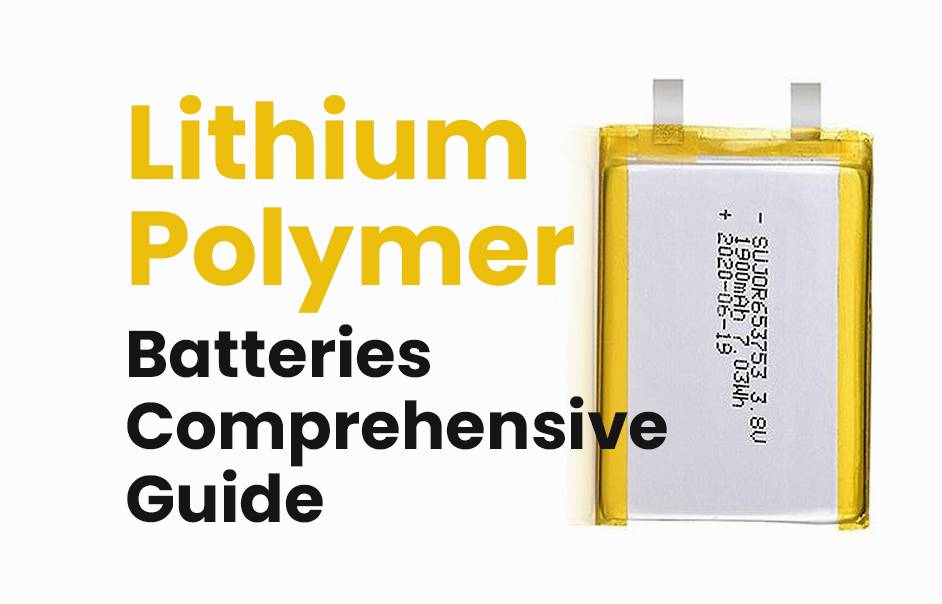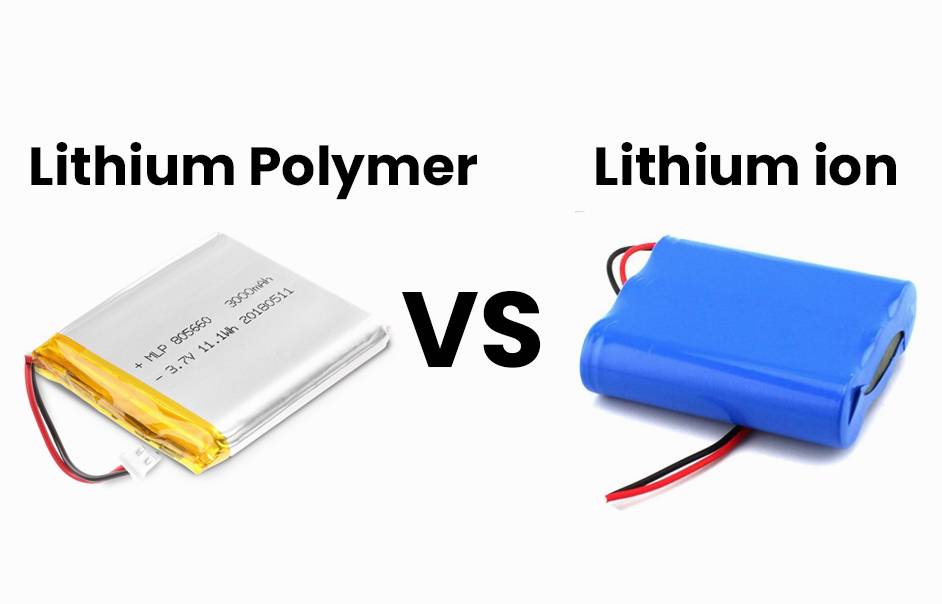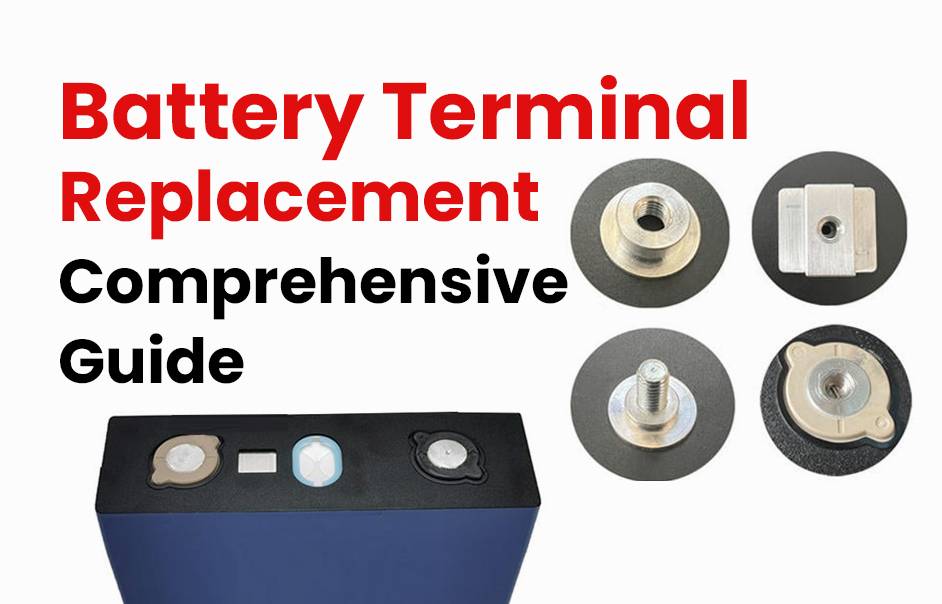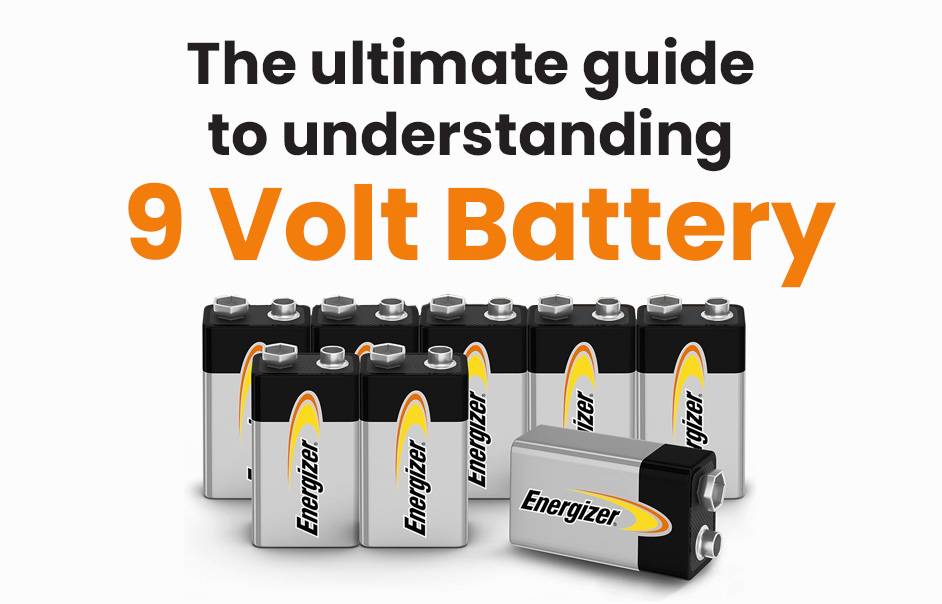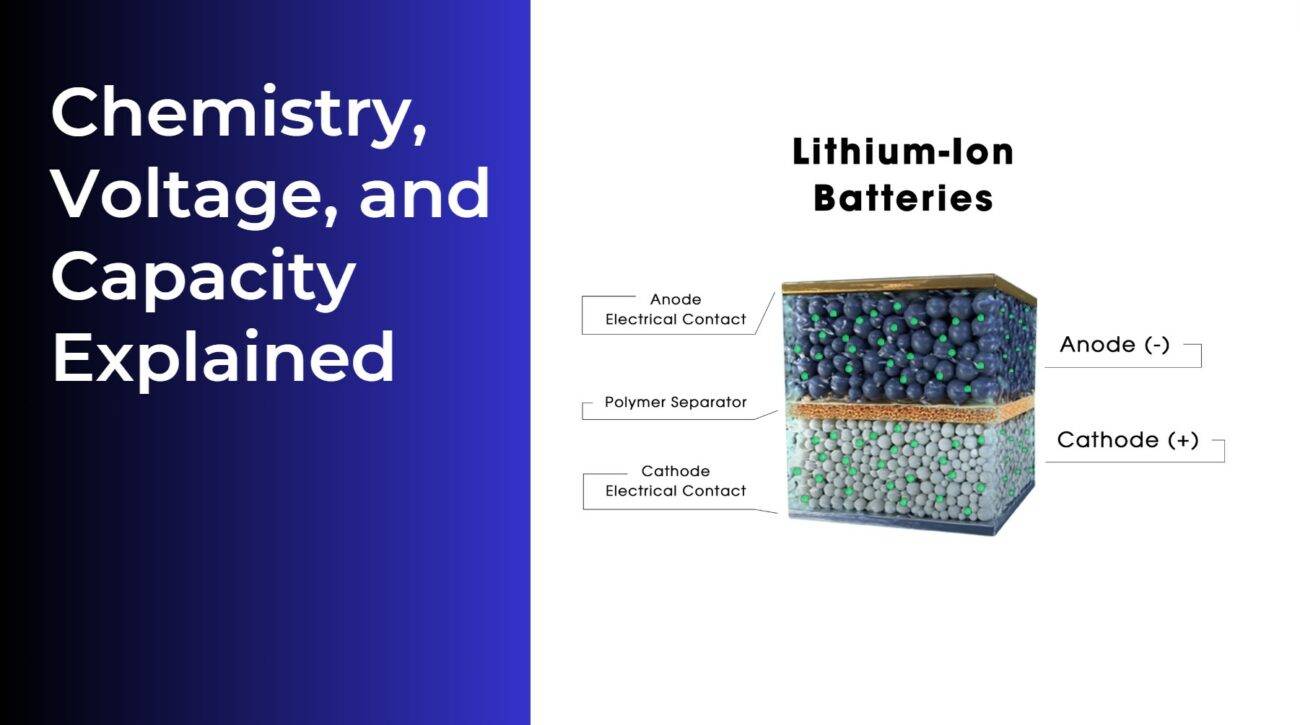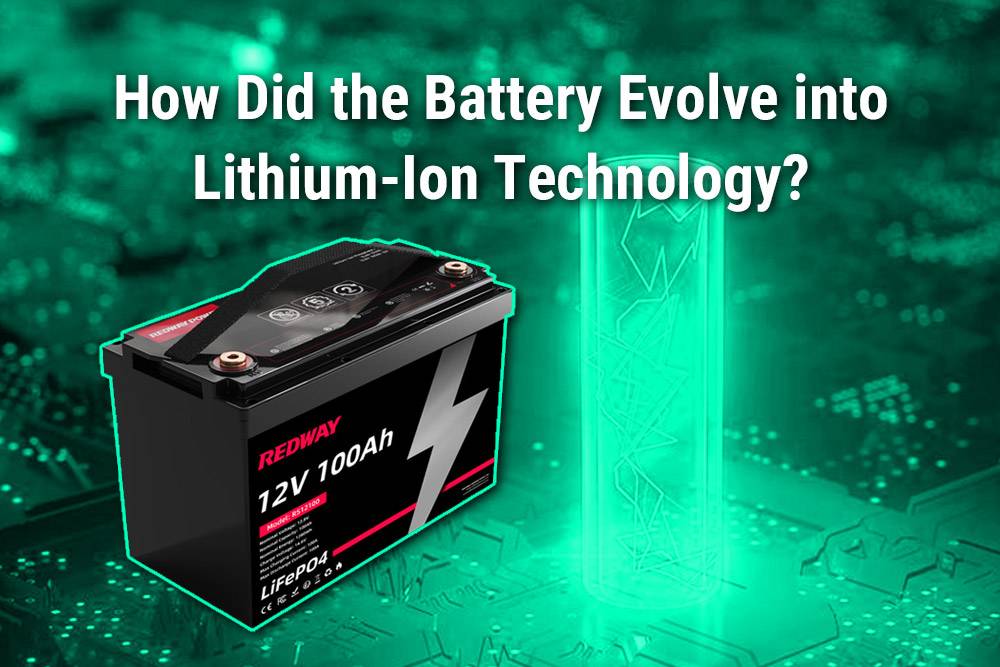
Blog
Can You Leave Your Leaf Blower Battery on the Charger Safely?

Leaving your leaf blower battery on the charger is generally safe if the charger has smart technology to stop charging once full. However, to maximize battery life and prevent slow degradation from heat buildup, it is best to unplug the battery after it’s fully charged and store it properly. Redway Power emphasizes following manufacturer guidelines for safe and optimal battery care.
What happens when you leave your leaf blower battery on the charger?
Modern lithium-ion battery chargers typically have built-in smart charging technology that stops supplying current once the battery reaches full charge, preventing overcharging. Despite this, leaving the battery continuously plugged in can cause heat buildup from trickle charging that slowly degrades battery health over time, potentially reducing battery runtime and performance.
How does battery chemistry affect charging safety for leaf blowers?
Lithium-ion (Li-ion) batteries dominate cordless leaf blowers due to their light weight, high energy density, and long life. Li-ion chemistry is sensitive to overcharging, overheating, and improper charging cycles, so using the correct charger and not leaving batteries on the charger unnecessarily is important. Older battery types like NiCd or NiMH may have different charging tolerances but are less common now.
Why should you unplug the battery after charging is complete?
Unplugging the battery after it reaches full charge minimizes heat exposure from ongoing trickle charges and prevents unnecessary wear. This practice helps maintain maximum battery capacity over its lifespan, ensuring your leaf blower continues to operate with peak efficiency and longer runtime.
How can storing the battery properly improve its lifespan?
Storing leaf blower batteries in a cool, dry, and climate-controlled location away from direct sunlight and extreme temperatures helps preserve battery health. Storing at a partial charge (around 40-60%) when not in use for extended periods is ideal. Avoid storing the battery on the charger unless the manufacturer specifies it is safe.
What signs indicate your leaf blower battery might be damaged?
Signs of battery damage include overheating during charging or use, significantly reduced runtime, difficulty holding a full charge, slow or inconsistent charging times, and physical damage or swelling. If any of these appear, discontinue use and consider replacement to avoid safety hazards.
What battery charging practices does Redway Power recommend?
Redway Power advises always using manufacturer-approved chargers to ensure proper voltage and current control, preventing overcharge and overheating. They recommend unplugging batteries promptly after full charge and storing batteries in optimal conditions. Redway Power’s advanced lithium battery packs incorporate smart management systems designed to safeguard against charging risks.
Can leaving a battery on the charger cause safety risks?
While modern chargers reduce the risk, continuous charging with older or non-smart chargers can lead to overheating, battery swelling, or rare cases of thermal runaway and fire. To minimize risk, never leave batteries charging unattended overnight or for extended times without monitoring, especially with outdated chargers.
How do temperature and environment impact charging safety?
Charging in hot, humid, or wet environments can accelerate battery degradation and create safety hazards. Always charge indoors or in dry, temperature-controlled areas away from flammable materials to ensure safe operation and long battery life.
Can damage from overcharging be repaired?
Once a lithium battery is degraded from overcharging, damage is generally irreversible. Performance loss, capacity decrease, and safety concerns mean replacement is the best solution. Preventive care through proper charging is critical.
Chart: Best Practices for Leaf Blower Battery Charging and Storage
| Practice | Recommendation |
|---|---|
| Use Manufacturer Charger | Always use the specific charger |
| Charge Location | Indoors, dry, and moderate temperature |
| Charging Duration | Unplug once fully charged |
| Storage Charge Level | Store at 40-60% charge |
| Battery Storage Environment | Cool, dry, away from sunlight |
Chart: Battery Damage Warning Signs
| Symptom | Possible Cause | Recommended Action |
|---|---|---|
| Battery overheating | Overcharging, faulty charger | Stop use, allow to cool, inspect |
| Reduced runtime | Battery degradation | Consider replacement |
| Slow or no charging | Charger or battery fault | Test charger, replace battery |
| Swelling or physical damage | Thermal runaway, impact damage | Dispose safely, replace battery |
Redway Power Expert Views
“Proper charging and storage of leaf blower batteries are paramount to safety and longevity. Modern lithium-ion batteries require smart chargers and controlled charging cycles to avoid degradation. At Redway Power, we integrate intelligent battery management systems in our OEM packs to optimize charging, temperature, and safety parameters, ensuring users get maximum runtime with peace of mind.” — Expert, Redway Power
Conclusion
While it is generally safe to leave a leaf blower battery on a smart charger briefly, unplugging it after full charge is the best practice to avoid heat build-up and slow battery degradation. Proper storage, correct charger use, and attention to battery condition extend lifespan and performance. Redway Power’s expertise in advanced battery management emphasizes the importance of smart charging technology and careful battery care for safe, efficient use.
FAQs
Q: Can I leave my leaf blower battery on the charger overnight?
A: It is best not to leave batteries charging unattended overnight to minimize heat buildup and potential battery degradation.
Q: Does leaving the battery on the charger reduce its lifespan?
A: Continuous trickle charging can cause slow degradation over time, so unplugging after full charge helps preserve battery health.
Q: What type of charger should I use for my leaf blower battery?
A: Always use the charger provided or recommended by the manufacturer to ensure safety and proper charging.
Q: How should I store my leaf blower battery when not in use?
A: Store it in a cool, dry place away from direct sunlight at around 40-60% charge for optimal longevity.
Q: What are signs my leaf blower battery is damaged?
A: Overheating, reduced runtime, slow charging, and physical swelling are warning signs to consider battery replacement.




